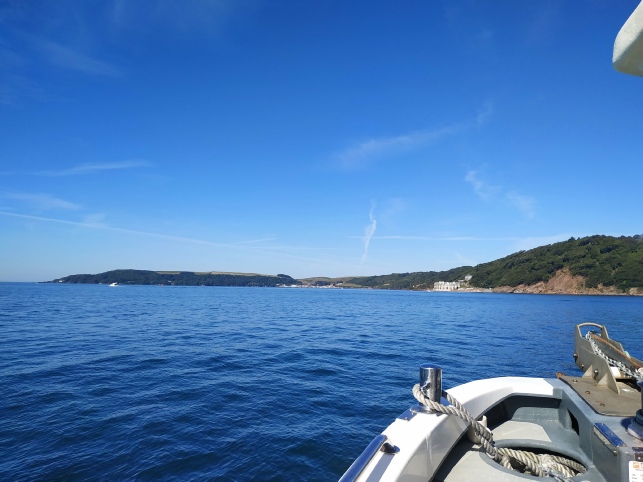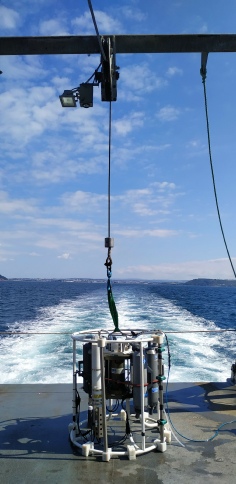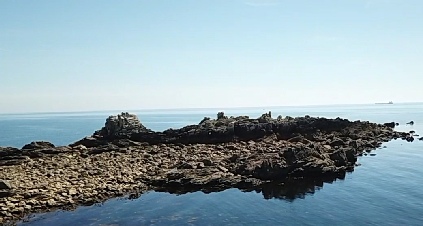
The views and opinions expressed are those of the individuals and not representative of the University of Southampton or the National Oceanography Centre
Welcome!
The 2nd to 12th July 2019 saw the annual Plymouth field course for those studying on the Marine Biology and Oceanography programmes at the University of Southampton. These two weeks were designed to give the students research experience in the field by collecting offshore, estuarine and coastal data, and by investigating the biological, chemical and physical characteristics of the area.
The content of this website aims to explore the main research and findings of Group 3.
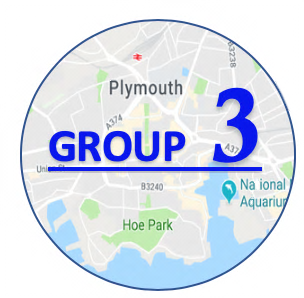
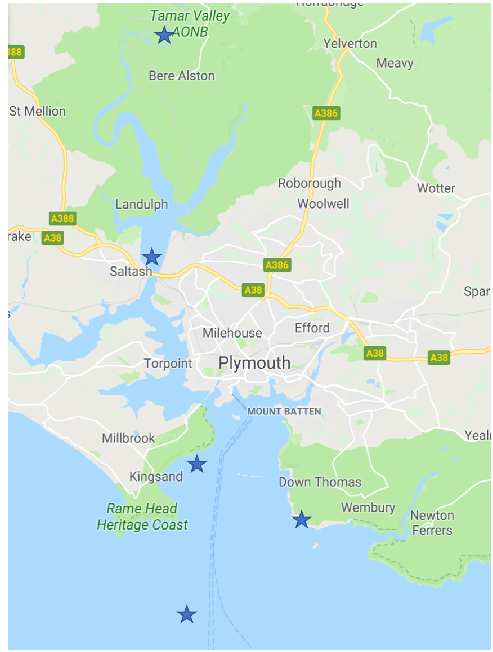
Click the graphic above to see the group 3 family!
The Research Area - Plymouth Sound
The Plymouth Sound and estuaries are located in the Southwest of England and are arguably one of the most studied areas in the UK, partly due to the long established local connection to the Marine Biological Association (UKMPA, 2001). The sound covers approximately 6km and its complex system also includes the largest estuarine system in the Southwest – The Tamar Valley, formed of the Tamar, Tavy and Lynher. The valley is a known Area of Outstanding Natural Beauty (AONB), which covers approximately 190km2 (Tamar Valley AONB, 2010).
Plymouth Sound and estuaries are systems of extreme marine conservation importance due to their wide variety of environmental conditions, which naturally leads to high diversity of habitats and species, some of which exhibit unusual features. Factors such as these have lead to the Plymouth Sound and estuaries being proposed as one of only two Special Area’s of Conservation (SAC) following Annex 1 of the EU Habitats Directive, therefore it is a very important area to study (UKMPA, 2001).
The 5 main locations within our research area which we used:
1. Calstock, the start of the upper estuary work
2. Saltash, the start of the lower estuary work
3. Side-
4. Heybrook Bay, location of our Geological work
5. Open waters, location of our offshore work.
